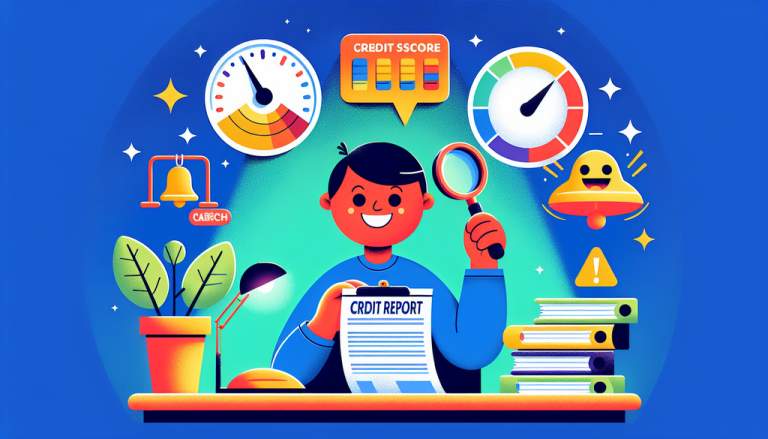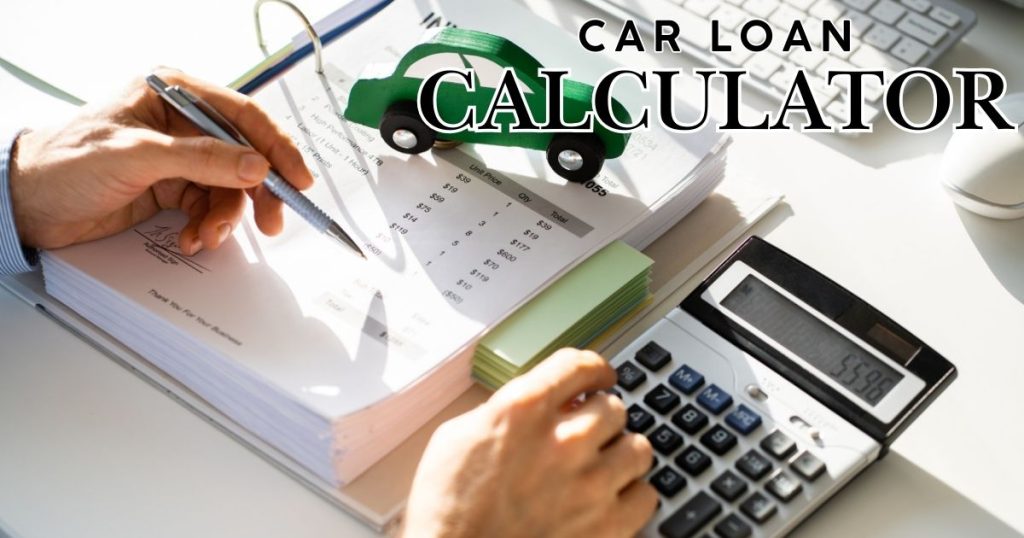Financial journeys aren’t always smooth sailing. For many, a loan default can feel like navigating treacherous waters that threaten to sink your credit reputation. But understanding this complex landscape can transform a potential financial crisis into a strategic learning opportunity.
Decoding Loan Defaults
A loan default occurs when you fail to make scheduled payments for a specified period, typically 90-180 days. This isn’t just a minor financial hiccup—it’s a significant event that can dramatically reshape your financial ecosystem.
The Ripple Effect on Credit Profiles
| Default Type | Credit Score Impact | Recovery Timeline |
|---|---|---|
| Personal Loan Default | 50-100 point drop | 3-7 years |
| Mortgage Default | 100-150 point drop | 7-10 years |
| Credit Card Default | 30-90 point drop | 2-5 years |
Beyond Numbers: The Emotional Landscape
A loan default isn’t just a numerical setback. It carries profound psychological weight—feelings of shame, anxiety, and uncertainty can become overwhelming. Recognizing these emotions is the first step towards constructive recovery.
Strategic Recovery Roadmap
- Communicate proactively with lenders
- Negotiate payment plans
- Consider credit counseling
- Rebuild credit systematically
- Monitor credit reports vigilantly
Legal Implications and Rights
Understanding your legal rights is crucial. While defaults can trigger collection actions, consumer protection laws offer significant safeguards against predatory practices.
Proactive Prevention Strategies
- Maintain emergency funds
- Create realistic budgets
- Diversify income streams
- Understand loan terms comprehensively
A loan default isn’t the end of your financial story—it’s a challenging chapter that can ultimately lead to greater financial wisdom and resilience. By understanding its mechanics, managing its consequences, and implementing strategic recovery approaches, you can transform this experience into a powerful learning opportunity.



